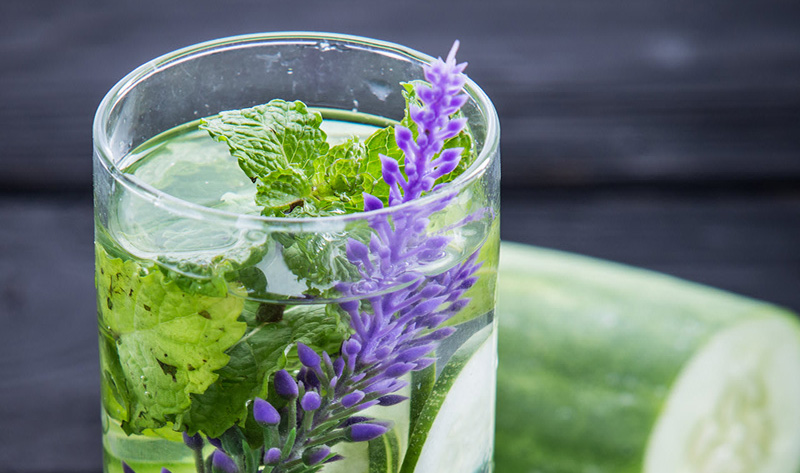Alcoholism is a dependency on or addiction to alcohol that is characterized by uncontrollable cravings for alcohol and the persistent consumption of alcohol in detrimental quantities. Alcoholism is often progressive, meaning it gets worse with time unless proper treatment is received. Alcoholism is also considered to be chronic, meaning that people who have alcoholism are always at risk of a relapse, even if they receive effective treatment. The large amount of alcohol consumed by alcoholics can contribute to emotional distress, intense mood swings, and “black-out” episodes in which intoxication causes memory loss. When alcoholic patients go without alcohol, they may experience withdrawal symptoms such as nausea, tremors, irritability, and headache. Feelings of withdrawal and an inability to control alcohol consumption separate alcoholism from its close relative, alcohol abuse, which is defined as the use of alcohol despite interferences with professional and personal life.
An estimated 15 million people in the US suffer from alcoholism or alcohol abuse. Specific statistics on alcoholism are difficult to determine because of its close relationship with alcohol abuse and the reluctance of sufferers to be diagnosed.
Drug abuse is the consumption of drugs or controlled substances in quantities that are detrimental to health as well as personal and professional life. Drug addiction occurs when individuals are unable to control their consumption of drugs and experience withdrawal symptoms when not using drugs. The effects of any drug are caused by a chemical reaction between the brain and the drug. The initial reaction between a drug and the brain typically produces feelings of relief, euphoria, and altered perception of reality collectively referred to as a “high”. After the drug wears off, however, these feelings can fade or worsen into feelings of depression, emptiness, and exhaustion. It is easy for the brain to then crave the next high, ultimately leading to abuse and dependency. Because of the wide variety of drugs available, drug abuse and addiction can occur in almost any population, people, or place.
Commonly abused drugs include:
- Tobacco
- Alcohol
- Marijuana
- Heroin and other Opioids (including many prescription pain medications)
- Cocaine
- Amphetamine
- Methamphetamine
- MDMA , also known as “Ecstasy” or “Rolls” (methylenedioxy-methamphetamine)
- Ketamine
- PCP
- Salvia
- LSD (acid)
- Psilocybin (magic mushroom)
- Anabolic steroids
- Inhalants
- Other prescription drugs—especially pain medication like OxyContin, Percocet, Vicodin, along with anti-anxiety medications like Xanax, Valium, and others











